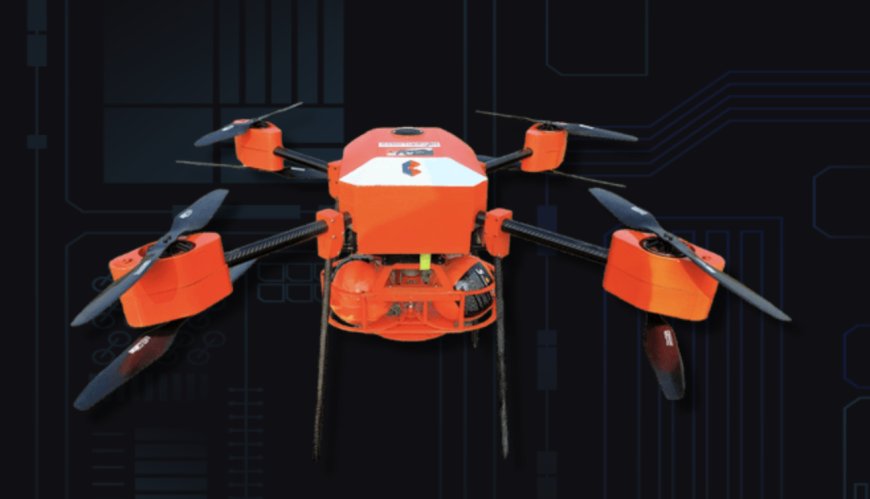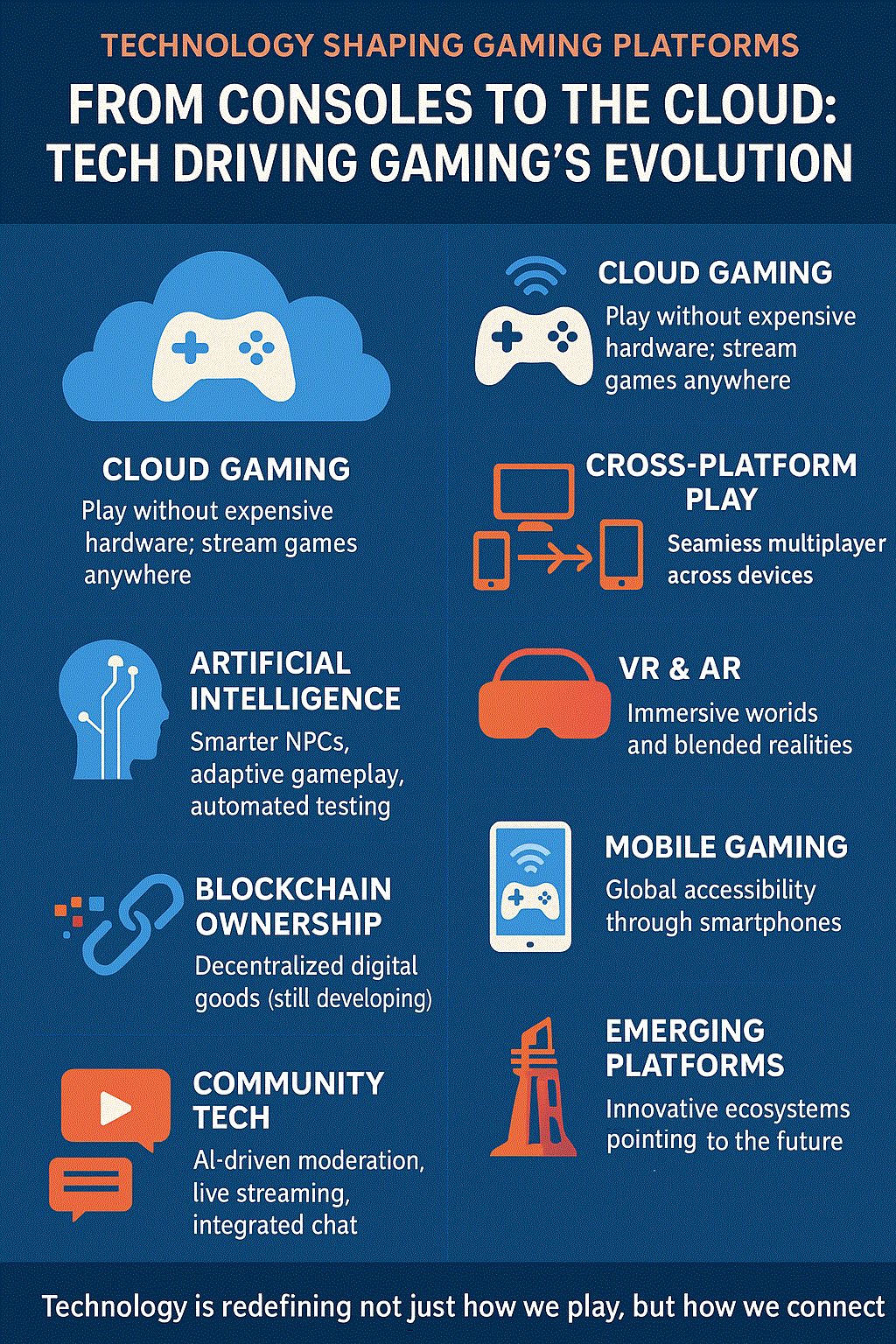In recent years, wildfires have become more frequent, intense, and destructive across the globe. While human lives and properties are understandably a priority, one often overlooked casualty of wildfires is wildlife. From large mammals and birds to insects and rare plant species, entire ecosystems can be devastated in a matter of hours. But technology is offering new hope — particularly in the form of drones. At Aebocode Technologies, we are committed to leveraging cutting-edge innovation to solve real-world problems. One of our most impactful advancements is the Fire Fighting Drone, a tool not only built for combating flames but also for protecting wildlife during fire emergencies.
The Wildlife Crisis During Wildfires
Wildfires move fast — often too fast for animals to escape. Many animals succumb to the flames, while others suffer from smoke inhalation, habitat destruction, or starvation in the aftermath. Endangered species are particularly at risk, as even a small loss in population can push them closer to extinction.
In large fire zones, tracking and rescuing wildlife has always been a logistical nightmare for responders. Traditional helicopters and ground teams are slow, noisy, and limited in their visibility, especially in dense forests or mountainous terrain. This is where the Fire Fighting Drone makes a significant difference.
Enter the Fire Fighting Drone: A Game Changer for Wildlife Protection
1. Real-Time Surveillance and Monitoring
One of the biggest challenges in wildlife protection during wildfires is locating animals in distress or tracking their movement away from fire zones. Fire Fighting Drones equipped with high-resolution thermal imaging cameras can fly over vast areas and detect heat signatures — not just from the fire, but from animals hiding or fleeing.
This real-time data helps conservationists, wildlife rescue teams, and fire authorities make informed decisions:
- Which zones have the highest concentration of animals?
- Are endangered species in immediate danger?
- Which escape routes are safe and open?
At Aebocode Technologies, our drone systems can be deployed within minutes, offering a bird's-eye view of dangerous zones without risking human lives.
2. Guiding Animals to Safety
In some cases, drones have been successfully used to guide wildlife away from fire zones. By using lights, sounds, or controlled movement patterns, trained drone operators can steer animals toward safer terrain. This is especially effective for herd animals like deer, elk, or even elephants in some countries.
When integrated with AI, the Fire Fighting Drone can be programmed to recognize animal species and adapt its guidance strategy accordingly — whether it's nudging a herd away from danger or avoiding spooking a flighty species into the wrong direction.
3. Delivering Emergency Supplies
In the aftermath of a fire, surviving wildlife often faces hunger, dehydration, and loss of shelter. In these critical hours and days, drones can deliver essential supplies such as food, water, and temporary nesting materials to remote or inaccessible areas.
Aebocode’s Fire Fighting Drone models are built with payload capacities that allow for small-scale supply drops. They can navigate hazardous terrains and deliver aid without requiring roads or helicopters, which are often grounded due to smoke or unsafe conditions.
4. Mapping Post-Fire Impact on Wildlife Habitats
Understanding how a fire has affected wildlife is just as important as emergency response. Fire Fighting Drones can conduct post-disaster mapping to assess:
- How much of the habitat has been lost?
- What natural resources (water, food sources) are still available?
- Are there pockets of surviving vegetation that can support displaced wildlife?
This data is invaluable for environmental organizations, park rangers, and policymakers who need to plan long-term recovery strategies for the affected ecosystem.
With AI-powered analysis, Aebocode’s drones can even track regrowth over time, helping teams monitor the ecosystem’s healing process and adapt their support accordingly.
5. Supporting Coordinated Rescue Missions
When it comes to injured or endangered animals, time is of the essence. Drones can act as the eyes in the sky, guiding wildlife rescue teams to the exact location of stranded animals. In dense smoke or inaccessible locations, a Fire Fighting Drone can hover overhead, send GPS coordinates, and even livestream the situation back to command centers.
This kind of coordination would be nearly impossible using only ground teams, especially in areas without mobile network coverage. Aebocode’s drones are designed to maintain stable communication links even in rugged terrain, ensuring reliable data transmission throughout a mission.
Why Aebocode’s Fire Fighting Drones Stand Out
At Aebocode Technologies, we believe that technology should serve both people and the planet. Our Fire Fighting Drone solutions are designed with the environment in mind — lightweight, energy-efficient, and capable of carrying out multiple mission types in a single flight.
Key features include:
- AI-powered thermal imaging for wildlife detection
- Long-range and long-endurance flight capabilities
- Payload delivery systems for food, water, and medical supplies
- Customizable sensors for different terrains and fire types
- Real-time data streaming and GPS mapping
Whether deployed in forest fires, grasslands, or national parks, our drones serve as a critical bridge between emergency response and wildlife conservation.
The Future of Wildlife Protection is Aerial
As climate change continues to increase the frequency and severity of wildfires, we need smarter, faster, and more compassionate solutions. Drones represent a transformative force in this new era of emergency response — and not just for humans. With technologies like the Fire Fighting Drone, we now have the tools to look after all lives impacted by fire, including the voiceless creatures of the wild.
At Aebocode Technologies, we’re proud to be at the forefront of this movement, innovating not just for progress, but for protection — of people, animals, and the planet we all share.






















